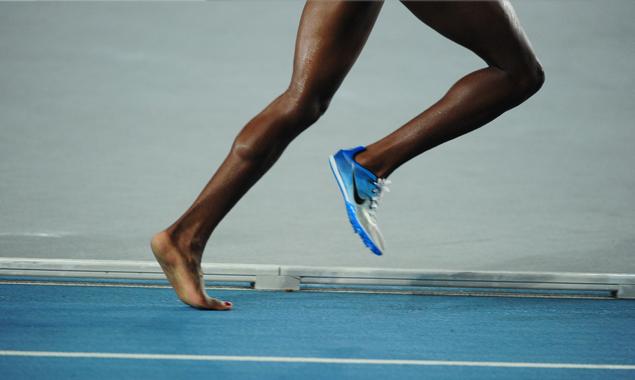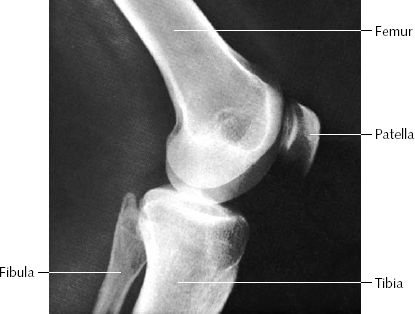
According to statistics, foot diseases and their deformities account for a quarter of all diseases of the musculoskeletal system.
Persistent swelling of the feet, fatigue even after a short walk, pain in the foot and shin, permanent corns, heel spurs, foot deformity in the big toe – these problems are the companions of the different diseases.
Properly designed orthopedic shoes can help stop the development of flat feet, bunion and give comfort to feet throughout the day.
What problems are caused by the wrong shoes
Normally, the arches of the foot have an arched structure. They are necessary to reduce the static and shock loads on the musculoskeletal system during standing and moving. During systematic overstretching, the connective tissues of the sole stretch, and the feet can no longer fully perform their function. The shock wave from movement is redistributed to the joints and spine.
Flatfoot begins to manifest itself in fatigue after walking, in corns and systemic swelling and pain in the feet. Gradually, the development of the disease leads to more serious consequences, bringing tangible discomfort to daily life.
Halux Vargus – a deformity of the foot in the area of the big toe – complicates the choice of shoes and looks aesthetically unsightly. The heel spur makes walking an ordeal.
Five signs of good orthopedic shoes
Specially designed footwear is a daily uncomplicated yet effective health care.
The signs of quality orthopedic shoes are:
- the toe support and spacer keep the toes in a normal walking position;
- forefoot support, improves blood circulation to the muscles;
- the longitudinal arch support holding the arch of the foot in natural position, provides comfort and balance;
- heel support keeps the heel in a normal position, reduces the load on the ankle joint and increases the stability of the foot when walking;
- support of the outer edge of the foot supports the correct position of the foot when walking, reducing the load on the leg muscles.
Orthopedic shoes help to “preserve” the signs of flat feet, as well as help protect the joints and spine from shock and static loads. Also is a good prevention against bunions. There are now plenty of great tennis shoes for bunion issues.
Who needs to wear orthopedic shoes
Orthopedic shoes will be useful for every resident of the metropolis. The modern way of life – the main reason for the appearance of deformities of the foot. Constant wearing shoes, sedentary lifestyle and flat surfaces of the floor and asphalt deprive the foot of natural massage, which it receives in natural conditions: during frequent walking barefoot on the grass and rocky trails.
There are risk groups – people who are particularly susceptible to the appearance and development of flat feet:
- people forced to walk and stand for more than four hours a day
- women who wear heels higher than 5 cm, as well as all those who wear uncomfortable – narrow or wide – shoes;
- people who are overweight;
- pregnant women: hormonal influence on connective tissues – tissues become elastic, and in particular the plantar aponeurosis no longer holds the arch of the foot – the foot sags;
- people who have had injuries to their lower extremities.
Our recommendations
- We recommend your good orthopedic sandals from Ortorex.
It’s a specialized product for the foot that, depending on the type, has a preventive and therapeutic effect. Wearing special sandals is recommended for valgus deformity, flat feet, vascular disorders, problems with the spinal column, diabetes, overweight and other complications.
Orthopedic sandals perform the following functions:
- Keeps the toes of the foot in the anatomically correct position during walking;
- Reduces strain on the ankle;
- Reduces strain on the leg muscles;
- Improves blood circulation.
Unlike conventional shoes, orthopedic products are softer and more spacious, and the sole is flexible and malleable.
One of the most innovative techniques used in this pair of sandals is the sole made by nano-foam – the next generation of memory soles which will transform to fit and comfortably hug your feet, wherever you go.
They are ideal for women suffering from bunions, flat feet, poor walking posture and plantar fasciitis.
Also for the most fashionable and beautiful women there are a variety of colors:
- Classic black
- Bronze
- Golden
- Laser
- Silver
- Snake colour
- Yellow
1. Fighting Excess Weight
Each extra kilogram increases the load on the joints several times and exacerbates the processes of destruction in them. Reducing weight even by 2-3 kilograms significantly facilitates the work of the joints of the legs.
2. Proper nutrition
Introduction of fish, cottage cheese into the diet helps restore damaged cartilages, improving the synovial shell. The diet should have enough berries and fruits that make up for the lack of vitamins and mineral elements for the body. You need to periodically indulge yourself in fill or cold, marmalade and jelly dessert.
3. Physical activity.
It is important to keep yourself in good physical condition, to do sports. This strengthens your immune system and helps you stay active and energetic. But it is important that you follow safety procedures and expert advice when exercising. Yoga and Chinese practices are highly recommended for both physical and mental health.
4. Timely disinfection of abrasions
If a wound or abrasion occurs, it is necessary to carefully treat them with antiseptics to prevent the development of acute bursitis;
Conclusion
Taking care of your health is very important. It is always easier to prevent a problem or illness than to treat it.


















Follow Us